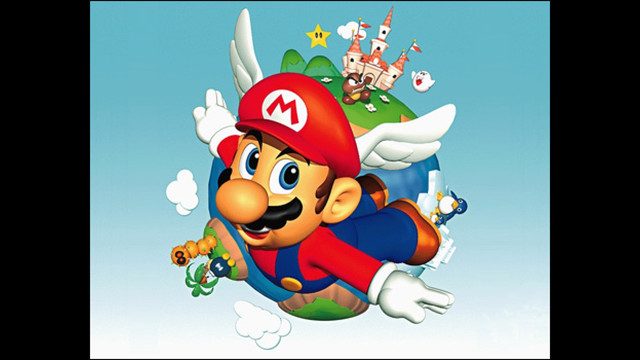Bits & Bytes is a weekly column where Editor-in-Chief Robert shares his thoughts about video games and the industry on a lazy Sunday Monday ( a day late this week). Light reading for a day of rest, Bits & Bytes is short, to the point, and something to read with a nice drink.
I’m almost a month into my first stint as a college lecturer. I’m working at my alma mater, which is some major wish fulfillment, but sweetening the deal even further is that I’m teaching game design. Game Design I, to be specific. It’s a lower level class at the university and it’s entirely focused on board games. Alas, not video games (that’s Game Design II), but that doesn’t mean there isn’t a ton of overlap (which conveniently gives me some leeway to include video game talk into my curriculum).
Basically, Game Design I gets into the nuts and bolts of making games. It’s all about giving students the foundation that they need to think critically about what makes a game tick. Sure, certain mechanics are exclusive to the realm of video games, but it’s astounding how much is transferable between the various different types of games that exist in the world. One of these design elements is the core game loop.
I know I’ve mentioned core loops at various points here on the site, but for those who might not know, they’re the heart of what makes a game tick. Core loops are the set of actions within a game that determines how it flows and keeps the player, well, playing. In Pac-Man, for instance, the loop is traversing the maze to eat pellets, avoiding the ghosts, completing the maze, and then repeating the whole process. That’s why they’re specifically called loops—the action repeats. Loops can work in different ways, there can be multiple loops, and so on, but no matter what they exist at the heart of the game experience, whatever type of game it may be.
What has struck me as I’ve been teaching my students is the notion that while game loops have always existed, it hasn’t been until more recently that academic discourse around them has really picked up in earnest. What’s more, the naming convention itself is something that wouldn’t have been used 20, 30, or even 40 years ago. Meaning that designers like Shigeru Miyamoto were working on games and building loops without necessarily having that vocabulary or terminology to lean on or reference. They just jumped into each project with a vision and cobbled it together into a tangible, playable experience.
It’s a talking point I come back to frequently, so forgive me if I bring it up for the umpteenth time, but it always floors me to imagine circumstances surrounding the team at Nintendo that built Super Mario 64. They not only created the game, but they also built the entire rulebook for 3D platformers while they were at it. It’s like producing the first motion picture while also creating all of the rules of filming a movie at the same time. I love how writers and academics are starting to create a defined lexicon to talk about video games, but it makes me marvel even more to look back on the days when designers were, to an extent, winging it. Making things up as they went along.
Winging it can sometimes make the end product more special than something that has been meticulously planned out from start to finish. Finding the right balance between rigid efficiency and unregulated chaos is, I feel, when the really special games come about.
The post Bits & Bytes: Loops appeared first on Nintendojo.




